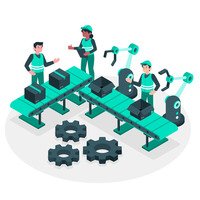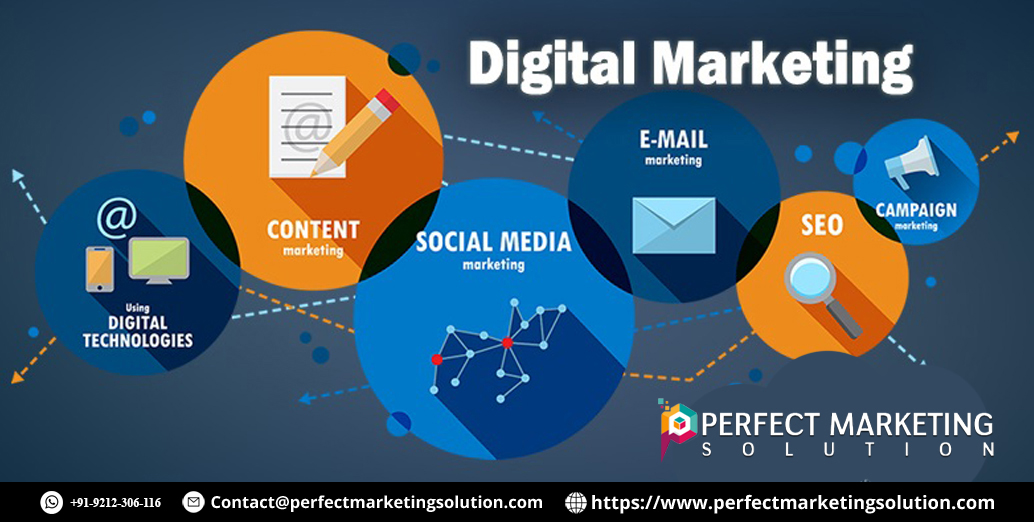IT Solutions for Manufacturing Industry: Driving Digital Transformation and Cost Efficiency
IT solutions for manufacturing Industry

The manufacturing industry is undergoing a seismic transformation, driven by the rapid adoption of advanced technologies. Companies are seeking ways to improve efficiency, reduce costs, and enhance product quality. In this digital age, IT solutions for manufacturing industry have become indispensable. These solutions not only streamline operations but also facilitate digital transformation, enabling manufacturers to stay competitive in an ever-evolving market. One such pivotal technology is the Internet of Things (IoT), which is playing a significant role in reshaping manufacturing processes.
The Role of IT Solutions in Manufacturing
IT solutions encompass a wide range of technologies and tools designed to optimize various aspects of manufacturing. These solutions provide manufacturers with the ability to automate processes, analyze data in real time, and ensure seamless communication across the supply chain. Here are some critical areas where IT solutions make a significant impact:
1. Automation and Process Optimization
Automation is at the heart of modern manufacturing. IT solutions enable manufacturers to automate repetitive tasks, reducing human error and increasing production speed. For example:
-
Robotic Process Automation (RPA): Automates mundane tasks, freeing up human resources for higher-value work.
-
Manufacturing Execution Systems (MES): Monitor and control production processes for better efficiency and accuracy.
2. Data-Driven Decision Making
Advanced IT solutions, such as data analytics and Artificial Intelligence (AI), empower manufacturers to make informed decisions. By analyzing data from various sources, manufacturers can:
-
Predict equipment failures and schedule maintenance proactively.
-
Identify inefficiencies in production lines.
-
Understand market trends to align production with demand.
3. Enhanced Supply Chain Management
IT solutions improve visibility and collaboration across the supply chain. Technologies like Enterprise Resource Planning (ERP) systems and blockchain ensure transparency, enabling manufacturers to:
-
Track inventory in real time.
-
Reduce lead times.
-
Strengthen relationships with suppliers and distributors.
IoT in Manufacturing: Transforming Operations
The IoT in manufacturing is a game-changer, connecting machines, devices, and systems to create a seamless and interconnected ecosystem. IoT offers numerous benefits that align with the goals of digital transformation and cost efficiency.
1. Smart Manufacturing and Real-Time Monitoring
IoT enables manufacturers to implement smart factories, where equipment and systems communicate with each other. Sensors installed on machines collect real-time data, allowing manufacturers to:
-
Monitor equipment health.
-
Optimize resource utilization.
-
Reduce downtime by predicting and preventing equipment failures.
2. Quality Control and Assurance
IoT devices can monitor production processes at every stage, ensuring consistent quality. For instance:
-
Sensors detect deviations in temperature, pressure, or other critical parameters.
-
Data analytics identify patterns that may lead to defects, enabling immediate corrective action.
3. Energy Efficiency
Energy costs are a significant concern for manufacturers. IoT solutions help monitor and optimize energy consumption by:
-
Identifying energy-intensive processes.
-
Implementing energy-saving measures without compromising productivity.
4. Worker Safety and Productivity
IoT improves workplace safety by:
-
Monitoring environmental conditions, such as air quality and temperature.
-
Alerting workers and management in case of hazards. Additionally, wearable devices track worker health and productivity, ensuring a safer and more efficient workforce.
Cost Efficiency Through IT Solutions
One of the primary motivations for adopting IT solutions in manufacturing is cost efficiency. By leveraging technology, manufacturers can achieve significant cost savings in the following ways:
1. Reduced Operational Costs
Automation, IoT, and other IT solutions streamline processes, reducing manual labor and operational inefficiencies. Predictive maintenance minimizes unexpected downtime, saving costs on emergency repairs.
2. Improved Resource Utilization
IT solutions optimize the use of resources, including raw materials, energy, and labor. For example:
-
IoT sensors monitor material usage, reducing waste.
-
AI-driven analytics identify areas where resources can be used more effectively.
3. Enhanced Product Lifecycle Management (PLM)
IT solutions facilitate efficient product design, development, and delivery. PLM software integrates data from different stages of the product lifecycle, enabling:
-
Faster time-to-market.
-
Reduced development costs.
-
Improved product quality.
4. Scalability and Flexibility
Cloud-based IT solutions allow manufacturers to scale operations up or down based on demand. This flexibility helps avoid unnecessary expenses during periods of low demand.
Digital Transformation in Manufacturing
Digital transformation is the integration of digital technologies into all aspects of a business, fundamentally changing how manufacturers operate and deliver value to customers. IT solutions are the cornerstone of this transformation, enabling:
1. Advanced Analytics and AI
Big data analytics and AI provide valuable insights, helping manufacturers improve efficiency, reduce waste, and predict trends. For example:
-
Machine learning algorithms optimize production schedules.
-
Advanced analytics identify market opportunities and customer preferences.
2. Cloud Computing and Edge Computing
Cloud computing enables manufacturers to store and process vast amounts of data, while edge computing brings computation closer to the source of data generation. Together, these technologies ensure:
-
Faster decision-making.
-
Improved data security.
-
Lower latency in IoT applications.
3. Digital Twins
Digital twins are virtual replicas of physical assets, processes, or systems. By simulating real-world scenarios, manufacturers can:
-
Test new processes without disrupting production.
-
Predict outcomes of changes before implementation.
4. Cybersecurity
As manufacturers adopt IT solutions, cybersecurity becomes paramount. Robust IT systems ensure:
-
Protection of sensitive data from cyber threats.
-
Compliance with industry regulations.
-
Trust among stakeholders.
Challenges in Adopting IT Solutions
While the benefits of IT solutions are immense, manufacturers face several challenges in adoption:
1. High Initial Investment
The upfront cost of implementing IT solutions can be substantial, deterring smaller manufacturers.
2. Integration Issues
Integrating new technologies with legacy systems is often complex and time-consuming.
3. Skill Gap
The workforce may lack the skills required to operate advanced IT systems. Training programs are essential to bridge this gap.
Conclusion
The manufacturing industry stands at the cusp of a digital revolution, with IT solutions for manufacturing industry driving this transformation. From automation and IoT to advanced analytics and cloud computing, these technologies offer unparalleled opportunities for efficiency and cost savings. The integration of IoT in manufacturing further enhances connectivity, enabling real-time monitoring, predictive maintenance, and improved product quality.
While challenges exist, the long-term benefits of adopting IT solutions far outweigh the initial hurdles. By embracing these technologies, manufacturers can position themselves for sustained growth, innovation, and competitiveness in the global market. The future of manufacturing is digital, and the time to act is now.
What's Your Reaction?






















